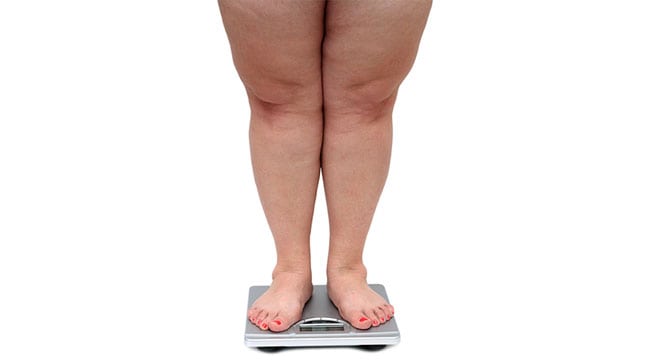
Weight loss surgery can deliver results that you may not experience otherwise through diet and exercise.
If you have tried to lose weight through dieting and exercise and did not experience the results you desired, weight loss surgery may be an option for you. For most people, the weight loss surgery makes it easier to follow a healthy diet and begin a physical fitness routine. There are several different types of procedures that you and your doctors might consider. The goals of weight loss surgery are to:
- Increase the amount of excess weight that you are able to lose
- Help you maintain a healthy body weight for the rest of your life
How Weight Loss Surgeries Work
Weight loss surgery helps you to lose weight because of the restriction in the amount of food that you can eat and reduced absorption of calories and nutrients. The restriction component means that you cannot eat as much food in one sitting than you could before. Before the surgery, you will learn about portion control and how to make the best nutritional choices. The reduction of absorption of calories for some of the surgical procedures helps you to lose weight because your body cannot use the energy from the food that you are eating. Some surgeries only restrict your food intake, some only reduce absorption of the food that you eat and some surgeries put both of these methods together.
Gastric Bypass Surgery
Roux-en-Y gastric bypass, usually referred to as a gastric bypass surgery, involves making a small pouch at the top of your stomach. The surgeon also reroutes the small intestine. A portion of the small intestine is connected to the small stomach pouch. The remainder of the small intestine stays connected to the larger portion of the stomach. Your stomach will still release the same amount of digestive enzymes, but the rerouting of the intestines means that there is a reduction in absorption of the calories you take in from your food. This weight loss surgery both reduces food consumption and caloric absorption.
Gastric Banding
 Gastric banding is a laparoscopic procedure. The surgeon makes a few small incisions into your abdomen and inserts a band that contains an inflatable balloon. The band is placed around a small portion of your upper stomach. The doctor then creates a port in your abdomen that connects to the band. A saline solution is injected through the port to inflate the band. When the band is inflated, it creates a small stomach pouch and a narrow opening to the rest of your stomach. To adjust the band, the surgeon can inject or remove fluid through the port. This surgery restricts the amount of food that you can eat but it has no effect on the absorption of calories or nutrients.
Gastric banding is a laparoscopic procedure. The surgeon makes a few small incisions into your abdomen and inserts a band that contains an inflatable balloon. The band is placed around a small portion of your upper stomach. The doctor then creates a port in your abdomen that connects to the band. A saline solution is injected through the port to inflate the band. When the band is inflated, it creates a small stomach pouch and a narrow opening to the rest of your stomach. To adjust the band, the surgeon can inject or remove fluid through the port. This surgery restricts the amount of food that you can eat but it has no effect on the absorption of calories or nutrients.
Gastric Balloon
The gastric balloon is inserted through your throat while you are sedated. The balloon is then inflated. Because the balloon takes up some of the space inside of your stomach, you are not able to eat as much food at once. The balloon can be left in place for up to six months. During this time, you will learn how to control portion sizes and make healthy food choices. The balloon has no effect on calorie or nutrient absorption. After that, the balloon is removed. You will receive an additional six months of nutritional counseling and exercise coaching after the removal of the balloon. This is the only weight loss surgery that is always temporary.
Gastrectomy
 The gastrectomy surgery involves removing part of the stomach. What is left is formed into a small tube. Your smaller stomach will make fewer appetite-stimulating hormones, which helps to reduce your food cravings and appetite. The smaller stomach also holds less food. This is a restriction procedure and does not affect how your body absorbs calories or nutrients.
The gastrectomy surgery involves removing part of the stomach. What is left is formed into a small tube. Your smaller stomach will make fewer appetite-stimulating hormones, which helps to reduce your food cravings and appetite. The smaller stomach also holds less food. This is a restriction procedure and does not affect how your body absorbs calories or nutrients.
Switch Surgery
The switch surgery begins with the surgeon removing a large part of your stomach. The valve that empties food from your stomach into the small intestine remains intact, as does the duodenum. The surgeon then reroutes your intestines and attaches the last section to the duodenum, creating the duodenal switch. The middle section of your intestine is reattached to the end section. This allows bile and digestive enzymes to flow into the last section of the intestine. Most of the food you eat bypasses the majority of your intestines, resulting in less absorption of calories and nutrients from the food that you eat. Your smaller stomach also restricts the amount of food that you can consume at one time.
For more information about weight loss surgery options, contact us today.

